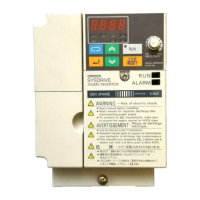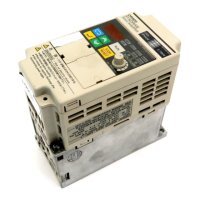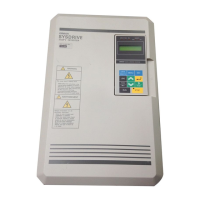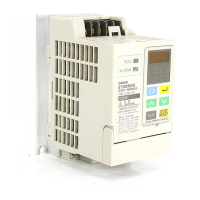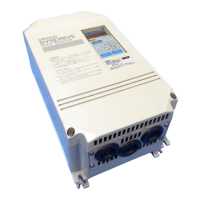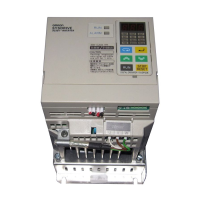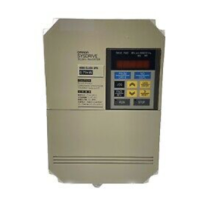8-22
8-2-5 Speed Accuracy of the Inverter Rotating at High
Speed in Vector Control is Low
·The rated motor voltage is high.
ThemaximumoutputvoltageoftheInverterisdeterminedbythevoltageofinputinto
the Inverter. If theinput isat200VAC,forexample, the maximum output voltage will
be200VAC. The speed precision oftheInverterwill dropiftheoutput voltagedesig-
nated by vector control has exceeded the maximum output voltage of the Inverter.
Use a motor with a lower rated voltage (e.g., a dedicated motor for vector control
use).
8-2-6 Motor Deceleration Rate is Low
·Stall prevention during deceleration is set.
WhenconnectingtheBrakingResistorUnitorabraking resistorasabraking option,
set n092 for Stall prevention during deceleration to 1 so that stall prevention will be
disabled. If n092 is set to 0 (default setting), the Braking Resistor Unit or a braking
resistorconnectedwillnotbeused.Therefore,therewillbenoreductioninthedecel-
eration time.
·The deceleration time setting is too long.
Check the deceleration time settings in n020 and n022.
·Motor torque is insufficient.
If the parameter constants are correct and there is no overvoltage fault, the power
the motor will be limited.
Consider increasing the motor capacity.
·The Inverter in vector control is restricted by the torque compensation limit.
If the torque compensation limit in n109 is set to a value that is too small, the motor
torque will be limited to a low value and sufficient torque will not be available.
If no torque restriction is required, set the parameter to a range from 150% (default
setting) to 200%.
8-2-7 Vertical-axis Load Drops when Brakes are
Applied
·The sequence is incorrect.
The Inverter goes into DC braking status for 0.5 s after deceleration is completed.
This is the default setting.
CheckthesequencetomakesurethatthebrakeisappliedwithDCbrakingstatusor
adjust the value n090 for DC injection control time.
Maintenance Operations Chapter 8
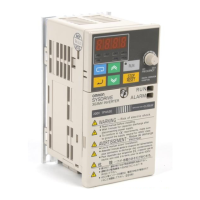
